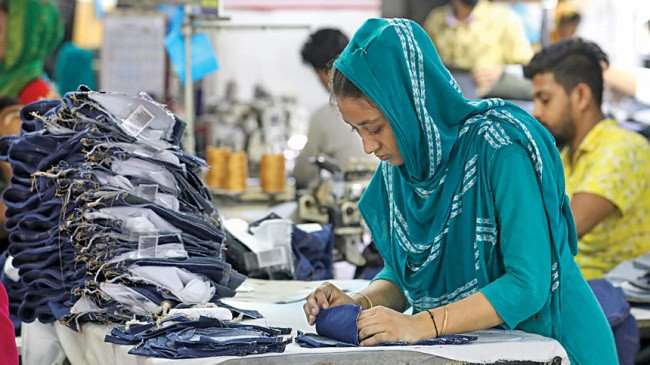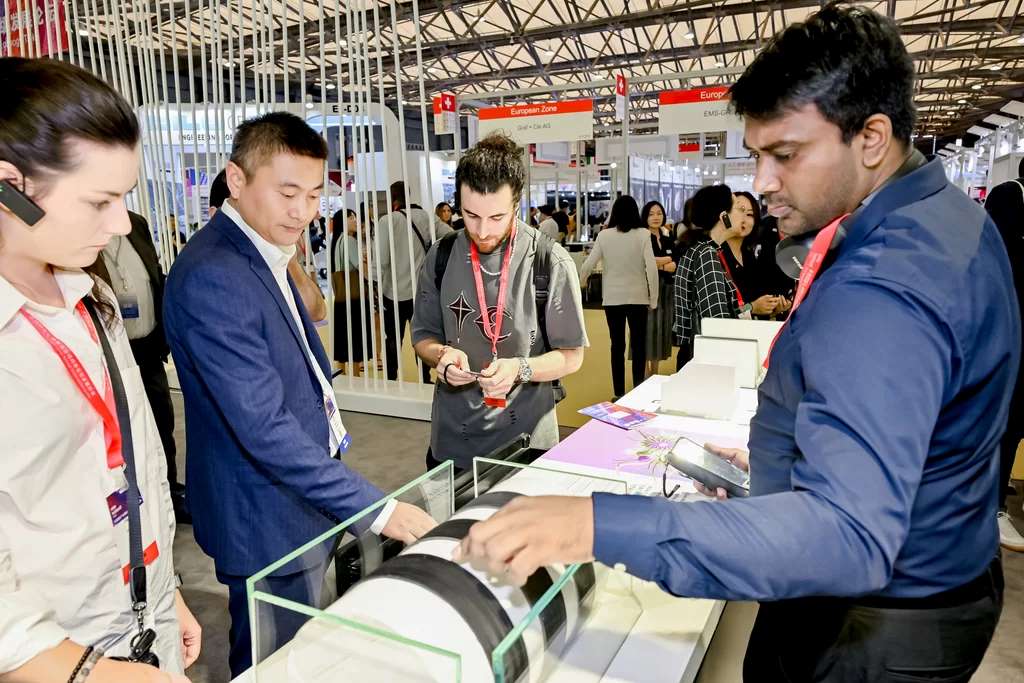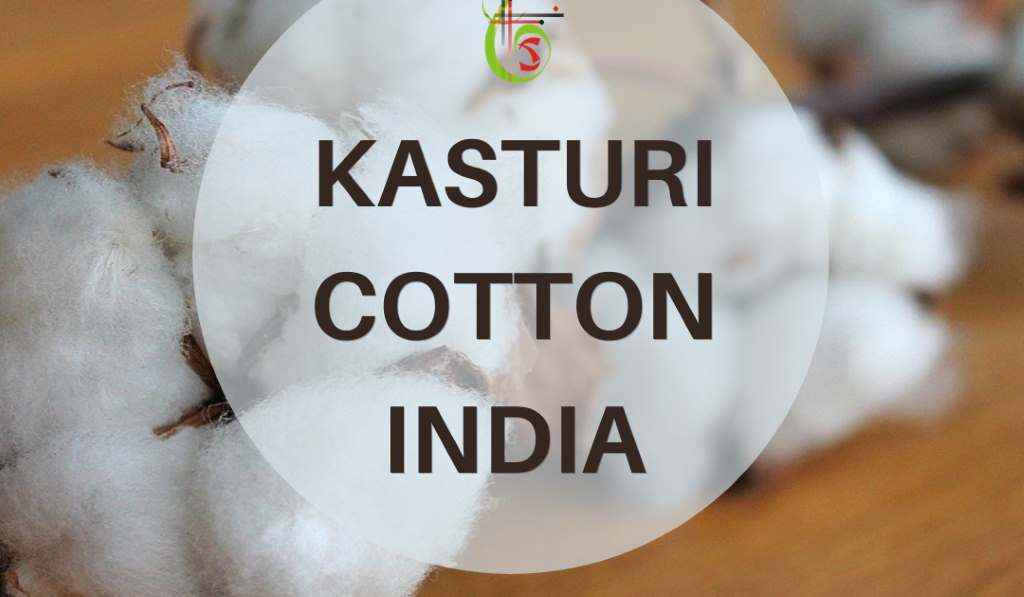FW
Digitally printed textiles account for just two per cent of the total printed textile production worldwide. Digital textile printing has a number of important advantages over screen printing. For example, it offers greater freedom of creativity and flexibility in design and is more cost efficient for short print runs. Also, it is more environmentally friendly. It enables physical inventory levels to be reduced and requires less capital investment, has a smaller production footprint.
Furthermore, adoption of digital textile printing helps manufacturers adapt more quickly to changes in global sourcing trends and consumer demand. However, there are many opportunities which provide the digital textile printing industry with scope for future expansion. In particular, whereas production of digitally-printed textiles is currently weighted heavily towards developing countries, there is likely to be an increase in production in European countries in the future.
Digital textile printing will also become more important in the home textile sector as consumers increasingly view home textile products as consumables and update their home furnishings and bedding more frequently.
Among non-consumer applications, there are major opportunities for the digital textile printing market in soft signage. This field is ideally suited to digital printing as customers in this sector usually order in small quantities, and digital textile printing is capable of producing short print runs cost effectively.
For the first half of 2014 Itema sold 12 per cent more weaving machines compared to the same period last year, increasing group’s turnover by 10 per cent year-on-year. EBITDA was up 20 per cent year-on-year, and operating profit up 27 per cent year-on-year.
Itema is a provider of advanced weaving solutions. This result is remarkable considering the global weaving machine market has declined significantly since the fourth quarter of 2013. The highest improvement in performance comes from the Indian sub-continent, particularly Itema India, after major turnaround steps were taken in the first quarter of 2014. Less satisfactory results so far come from China and from airjet weaving machine sales, due mainly to a significant slowdown in the Chinese weaving machine market.
An impressive comeback this year is by the spare parts business. The unit, set up only a year ago, managed, for the first time in 10 years, to reverse the declining trend in the original manufacturer spare parts market.
The company is back on track with the implementation of lean manufacturing across its manufacturing and assembly lines, with a major focus on the main manufacturing site in Italy, driving up productivity by an additional 15 per cent with only limited additional resources and investments.
www.itemagroup.com/
Smuggling has hit the Nigerian textile industry hard. The cost of manufacturing textiles in Nigeria is too high, allowing room for cheap foreign goods to be imported. Smuggled products occupy over 90 per cent of the market. There is also an influx of counterfeit textiles into the country.
The textile industry wants a protectionist policy. The key problems facing the industry relate to infrastructure, raw materials and electricity supply. The country had about 175 textile factories in the 1980s which went down to 124 in 1994, and 70 in 2002. At the moment, there are only 10 textile mills in the country. A ban on import of textile products was revoked and that paved the way for dumping all sorts of textile products in the country. Industry says indiscriminate imports have destroyed the mills and led to job losses. Smuggling is also blamed for tax evasion.
Companies want the government to protect them from foreign competitors. They say reviving the industry would reduce the foreign exchange spent annually on the import of textile materials. They want tariffs on textile raw materials, such as polyester fiber and pigments, to be removed. Another demand is a ban on imports of some categories of printed fabrics to protect the domestic industry.
The new cotton season has begun. India's cotton exports for 2014-15 are estimated at nine million bales, about 23 per cent lower than the previous year’s exports. Two-thirds of India’s cotton exports go to China. But that country is facing a slowdown and the government is pushing for use of higher local material. This year, cotton exports to China are expected to come down by another 35 to 40 per cent. However, India can see good demand from Thailand, Bangladesh and Pakistan.
Vietnam and Thailand have entered cotton spinning and are thus importing more from India. Indonesia, Pakistan and East Asian countries are expected to import a lot more this year. Bangladesh had imported 1.5 million bales last year. Last year, China had imported 6.2 million bales till July.
Export had been at a near-standstill for some time. Four months earlier, India’s cotton prices were 22 cents a pound higher than the global level. This has since dropped and Indian prices are about six cents a pound higher. Export can be higher if Indian prices fall further or global prices rebound but all depends on how the Chinese economy progresses. If it remains slow, cotton demand will not increase.
With the help of an agreement, Cambodia will drive its garment exports to the European Union (EU). The other goals of the new agreement are to accelerate efforts to make the garment sector more competitive with more value added activities, allow Cambodian firms to become co-contractor partners with European customers and not just simple sub-contractors, prioritise investment by European firms in Cambodia and improve the operating conditions of the country's textile and garment industry and restore its image on the international front.
Professional training, notably in fashion marketing, management and creation and development, is a key focus of the agreement. Another is cross-promotional initiatives with Cambodian garment firms taking part in European trade fairs. Cambodia’s economy is dependent on the garment industry, which employs half a million workers and accounts for almost all of the nation’s exports. All products from Cambodia (except arms) enjoy duty-free and quota-free access to the EU. The majority of Cambodia's exports to the European Union, over 89 per cent, are textiles such as garments and shoes.
Kenya wants to turn into a hub for African textile industry. The country wants international buyers to look at it as a source of cotton, textile products and fabrics. Kenya wants to be the preferred gateway to Africa for foreign investors. It wants to change perceptions and build synergies about doing business with Africa.
The textile and clothing sector is a key priority area which the country has targeted for job creation. A new clothing factory has opened in Mombasa, which will provide jobs for over 10,000 people in the country. Kenya emerged last year as the leading exporter of apparel in sub-Saharan Africa to the United States.
The government will revamp different sectors and government policies directly connected to the textile industry. Some of these include cotton production, inadequate industrial space, high energy costs, logistical challenges and others. Concerted efforts will be made for partnerships between the public and private sector.
In 2012, Kenya exported 63.2 million pieces of textiles valued at $277 million to the US. In 2013, Kenya witnessed a 14.5 per cent rise in the industry by selling 83 million pieces. The figure is expected to go even higher at the end of this financial year.
Uzbekistan says it is avoiding using schoolchildren to harvest cotton this year and has drafted adults in public sector workers. Many classrooms are empty during the harvest time as teachers are sent to the fields to pluck cotton. Education has ceased entirely in some parts of the country as teachers fulfill their cotton quotas. Other public institutions are required to ensure 40 to 70 per cent of staff are in the fields, at any given time.
International pressure on the government has managed to remove children aged 7 to 15 from the fields, and the International Labor Organization was allowed to monitor the cotton harvest last year. However, despite the government's assurances, the use of child and forced labor in Uzbekistan's cotton harvest continues to be a contentious issue. The US government has said Uzbekistan's government continues to be complicit in the use of forced child labor during the cotton harvest and has made no advancement in efforts to eliminate the practice.
The total harvest of cotton in Uzbekistan this year reached 3.4 million tons, up from last year's 3.35 million tones. Gross income from cotton production this year will increase by 12 per cent compared to 2013. This is expected to stimulate domestic textile production and contribute to the increase of exports.
The International Labor Organisation has moved to engage more firms for safety inspections in Bangladesh’s readymade garment factories in a bid to complete the assessment within the promised time. The government in association with the ILO is conducting factory inspections which are not on the lists of two international retailers’ groups.
In the last week of October, ILO issued an international tender to hire firms who will work with teams of the Bangladesh University of Engineering and Technology (BUET) to complete the safety assessment by January. ILO is interested in hiring firms that carried out safety inspection in the RMG factories under the initiatives of global retailers’ groups. Two international initiatives — Accord and Alliance — have already completed their safety assessment in more than 1,700 garment factories.
The government in association with the ILO announced a separate inspection program for about 1,500 garment factories which are not on the lists of Alliance and Accord and which are mainly engaged in subcontracting. ILO hired BUET to carry out the inspection and a total of 420 factories have been assessed so far since November last year.
BUET says completion of the first phase of inspection and renewal of contract for the second phase of inspection have been delayed due to procedural complexities and some disagreements between local and foreign experts over inspection standards.
The ongoing denim expo in Bangladesh has more than 50 companies from 14 countries participating. Exhibitors from the US, Japan, Italy, Germany, the Netherlands, Brazil, Turkey, China, Thailand, Sri Lanka, India and Pakistan are showcasing denim pants, fabrics and the latest accessories. Bangladesh Denim Expo offers international fashion buyers a one-stop sourcing platform for all aspects of jeans wear.
This is an exclusive event for authorised trade visitors, and will also feature a seminar focusing new trends, finishes and the latest washes, plus various workshops. The show is organized by Denim Expert, a Bangladesh-Netherlands joint venture. Denim Expert has promised to donate surplus funds generated by the show to set up a denim university in Bangladesh. The aim is to transfer knowledge internally to a new generation of designers, merchandisers, buyers, production technicians and entrepreneurs in the Bangladesh denim industry.
Global retailers and big brands are interested in sourcing jeans from Bangladesh in view of the reasonable prices and the quality. Currently, there are about 25 denim fabric manufacturers in Bangladesh. The country is the world’s second largest producer of denim apparel after China, shipping more than 185 million pieces a year across the globe.
www.bangladeshdenimexpo.com/
Bangladesh is the third largest exporter of garments to the US and a large exporter to Europe. Bangladesh's garment workers are among the hardest working in the world, and also the most exploited, earning the lowest minimum wage in the world. The country has 5,000 readymade garment factories but the number of clothing factories with union representation is just about 200. Labor laws remain weak and enforcement is weaker still. Local industry enjoys outsized influence in the country's politics, which impedes the establishment and enforcement of rigorous regulation.
The infrastructure is creaky and the risk of factory fires is high. Apparel exports are the largest source of foreign exchange earnings. Without textiles, Bangladesh, already burdened by immense poverty, would see its economy collapse. As such, given the dire need for such jobs, for years, many western companies and Bangladeshi businessmen conspired to cut costs by keeping wages depressed and almost disregarding safety.
Even those who have criticized the poor infrastructure and corruption that endangers the lives of Bangladeshi textile workers admit that such jobs provide a way out of poverty and bondage for millions of the country’s women. Finding a job in a garment factory also prevents many young Bangladeshi women from the practice of marrying underage.
However, since the devastation at Rana Plaza, the textile industry has undergone some slow, but significant, improvements in working conditions, safety standards and job protection.












